When we imagine measuring instruments applied to the generation of electrical energy, we commonly think only of electrical quantities such as voltage, current, resistance and power.
However, when we deal with renewable energies, such as solar (photovoltaic, heliothermal and thermal), we always have to think about measuring the source, in this case solar radiation.
The measurement of global solar radiation, considering both the direct and diffuse components, on the Earth's surface, is of great importance for studies of the influences of climatic and atmospheric conditions.
Using the history of these measures, the electrical potential that can be generated is determined, and this makes it possible to install generation systems (photovoltaic, heliothermal or thermal) in a given region, ensuring maximum use throughout the year.
In addition to its potential, this instrumentation is of great value in controlling generation efficiency and maintaining the entire system.
There is a wide variety of equipment for these measurements that are classified by the WMO (World Meteorological Organization) and also by ISO 9060 (International Standard Organization).
In Brazil, for some specific applications such as qualification in electric energy auctions and granting of energy generating plants, both EPE (Energy Research Company) and ANEEL (National Electric Energy Agency) have their own resolutions and guidelines on how these measurements must be carried out and which equipment must be used.
Outside of auctions – as in distributed generation, for example – there is no specific national standardization regarding the measurements of these environmental variables, but evaluating generation potentials through local measurements can bring greater security to both installation companies and owners. of the plant, so we can be guided by IEC 61724-1 (International Electrotechnical Commission) of 2017.
It is important to know that although the “types” and classifications of equipment may vary according to the level of generation, their use is always relevant, even in domestic projects, distributed generation, micro/mini-generation and large centralized plants.
Below, we show some instruments for measuring solar radiation and their most frequent use.
Pyranometer (GHI/DHI/POA)
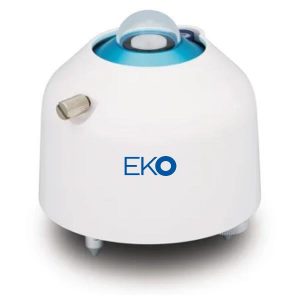
Application: Global radiation measurement (both for the horizontal plane and the inclined plane). When associated with a suitable accessory, such as a “sun tracker” or “shadow ring”, it can also be used to measure diffuse radiation.
Pyrheliometer (DNI)
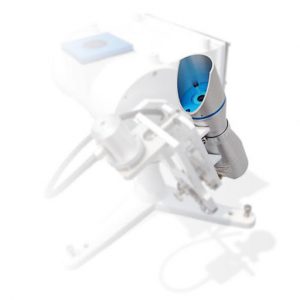 Direct solar radiation meter.
Direct solar radiation meter.Application: Measurement of direct solar radiation when associated with a “sun tracker”.
Spectroradiometers
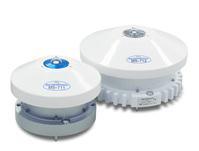
Application: Qualify solar radiation, specifying the spectral bands.
UV Meter

Application: Determine the amount of UV radiation.
Pyrgeometer
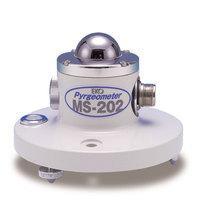
Application: Determine the amount of longwave (infrared) radiation.
Albedometer
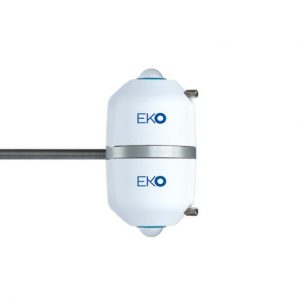
Application: Determine the amount of longwave (infrared) radiation.
Net-Radiometer
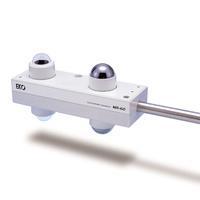
Application: Determine the amount of solar radiation reflected by the surface, including infrared radiation (horizontal plane).
Heliograph and “Sunshine Duration”
 Solar ray duration meters on a 24-hour cycle, with the heliograph being a completely mechanical piece of equipment and the “sunshine duration” being its modernized version with digital communication.
Solar ray duration meters on a 24-hour cycle, with the heliograph being a completely mechanical piece of equipment and the “sunshine duration” being its modernized version with digital communication.Application: Checking the amount of sunlight during the day.
Sun tracker
Electromechanical system that follows the trajectory of the Sun, using a set of motors specially designed to attach various sensors, such as pyranometers and pyrheliometers.
Application: Associated with the appropriate sensors, it allows measurements of diffuse radiation, direct radiation and also global radiation.
Side shadow ring
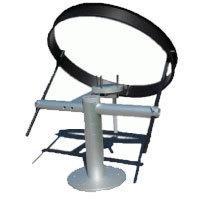
Application: Measurement of diffuse radiation when used in conjunction with a pyranometer.
Photo-diode radiometer

Application: Efficiency measurement in mono/polycrystalline photovoltaic modules.
Curve tracer
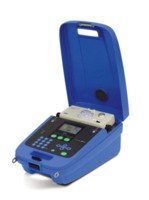
Application: Maintenance of photovoltaic generation systems.
Portable meters
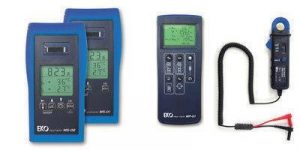
Application: Measurement of thermal and photovoltaic potential for small installations.
Bibliographic references
- WMO Guide to Meteorological Instruments and Methods of Observation, 2008 Edition, Updated 2010
- S. Pless; M. Deru; P. Torcellini; S. Hayter – Procedure for Measuring and Reporting the Performance of Photovoltaic Systems in Buildings, Technical Report NREL/TP-550-38603 October 2005
- FC Treble – EUR 6423 Standard procedures for terrestrial photovoltaic performance measurements, Joint Research Center 1979
- Eko Instruments[] [/][] [/]
















One Response
It is an honor to be able to increase my knowledge about solar energy, so I hope to receive a lot of support material.